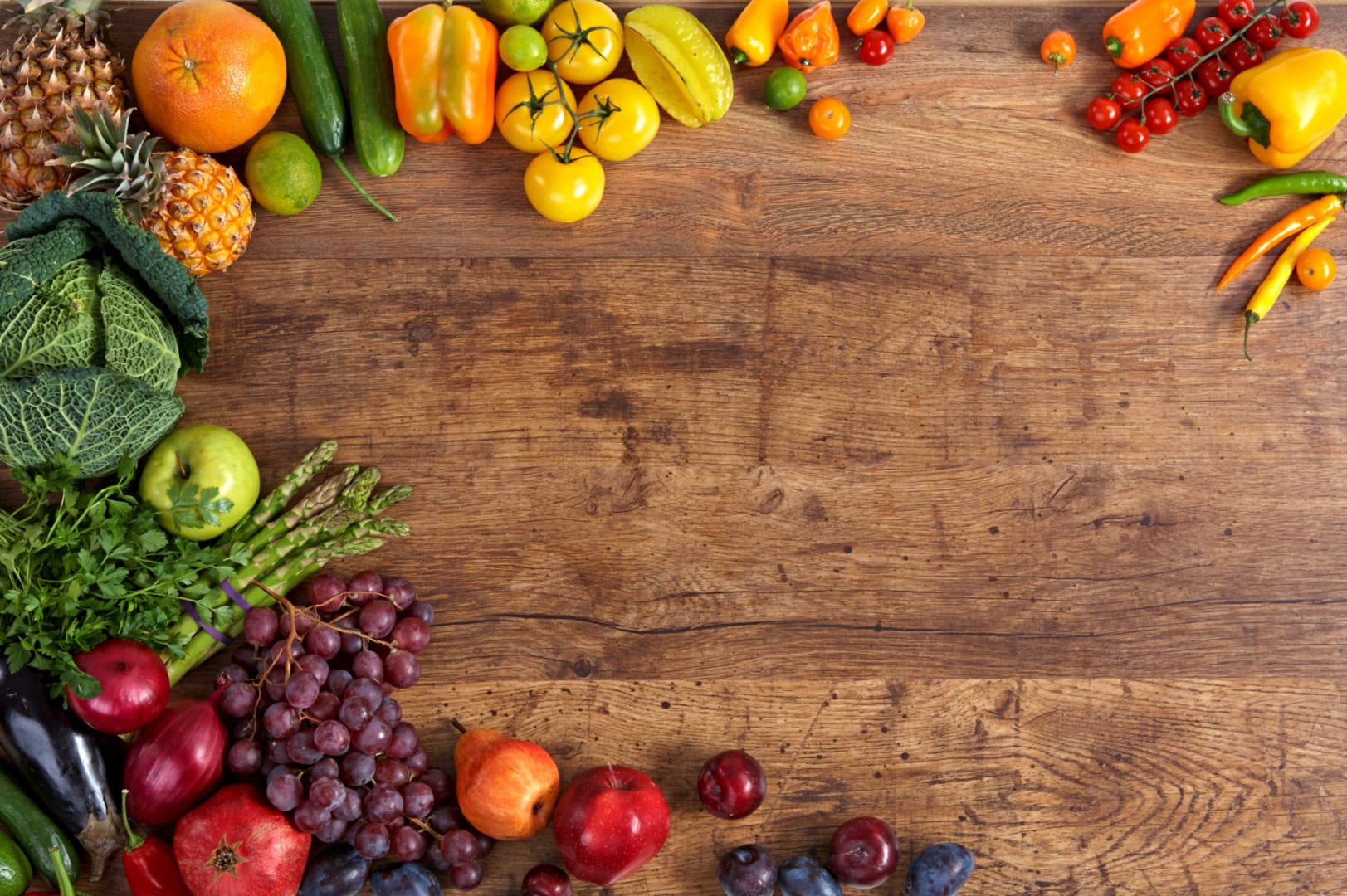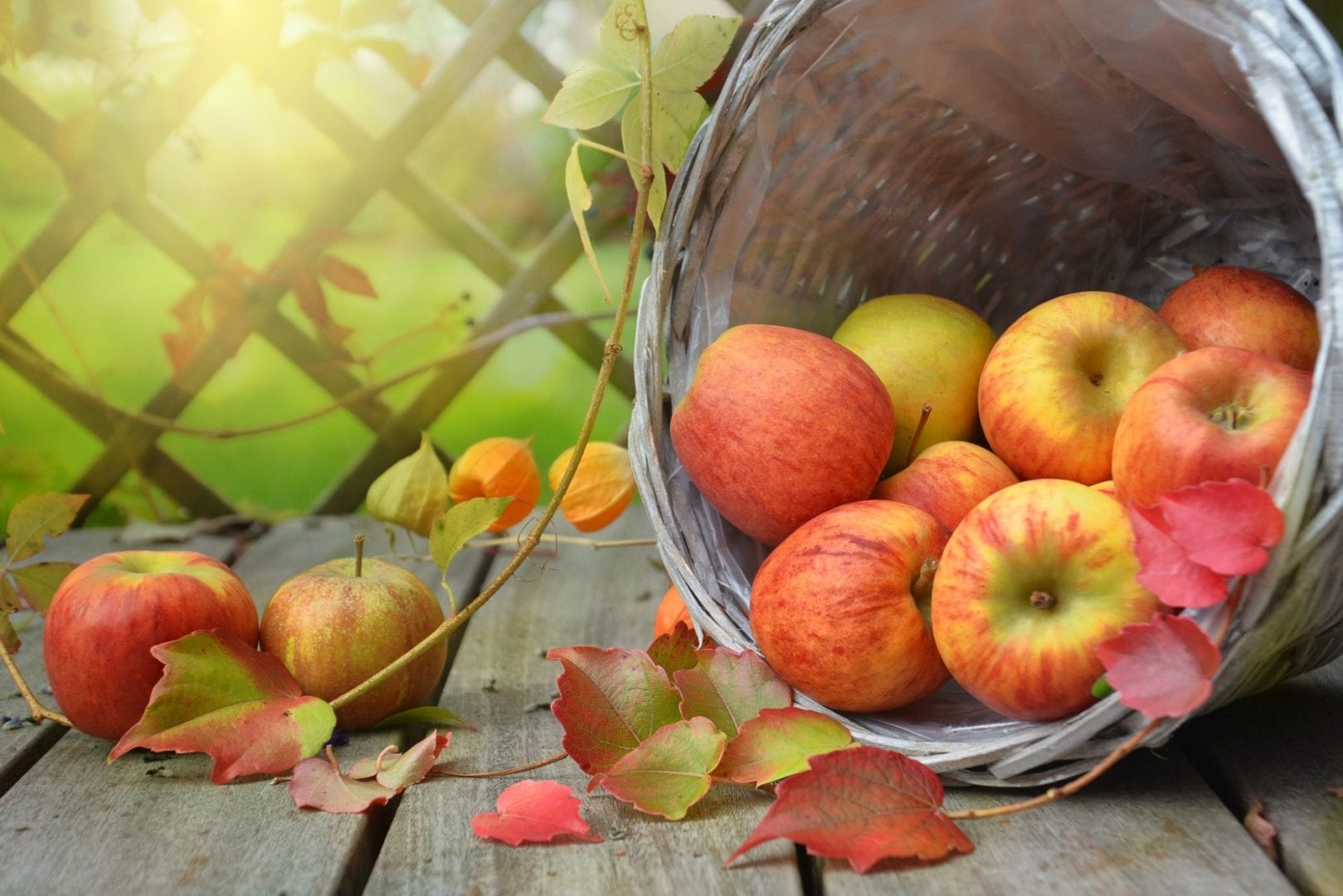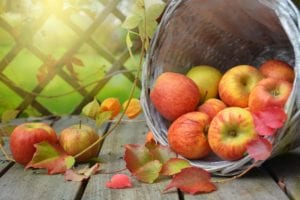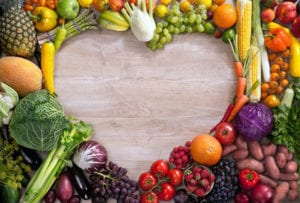Bring on 2019! The start of a new year is refreshing and exciting as many of us resolve to improve the quality of our lives with new year’s resolutions. Often, wellness and weight goals are at the top of the list. Afterall, nothing else much matters if we aren’t well enough to truly enjoy it. Many people will resolve to diet to lose the extra pounds gained throughout the holiday season, or perhaps pounds that have steadily crept up in recent years. Although it is true that in some cases, weight loss can improve quality and length of life, the number on the scale does not necessarily equate to health and wellness if we aren’t eating balanced meals with foods rich in nutritional value. While popular, fad diets often result in quick weight loss and then quick weight regain with little focus on long-term nutritional health. For many people, focusing on the scale rather than the plate will derail health goals time and time again.
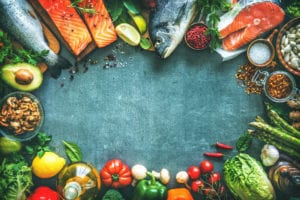
When healthy, our bodies’ physiological processes work as they should, enabling us to function efficiently both internally and externally. Our bodies should provide us with enough mental and physical energy to not only survive but enjoy each day. Did you know that the food and beverages we consume directly affect our mood, energy, and health, giving each of us control in how we feel daily? It’s true! A diet rich in whole foods including fruit, vegetables, lean protein, beans, nuts, seeds, legumes and whole grains is abundant in vitamins, minerals, fiber and phytonutrients, which boost metabolism, speed fat burning, reduce inflammation, stabilize energy, elevate mood and decrease risk of diseases like obesity, diabetes, kidney disease, heart disease, metabolic disease, digestive disorders, Alzheimer’s and cancer.
A diet rich in whole foods including fruit, vegetables, lean protein, beans, nuts, seeds, legumes and whole grains is abundant in vitamins, minerals, fiber and phytonutrients, which boost metabolism, speed fat burning, reduce inflammation, stabilize energy, elevate mood and decrease risk of diseases like obesity, diabetes, kidney disease, heart disease, metabolic disease, digestive disorders, Alzheimer’s and cancer.
On the contrary, a diet rich in convenience and processed foods including refined grains like white flour, white bread, white rice, cookies, candies, cakes, chips, fried food, bacon, sausage, soda and fast food is abundant in salt, sugar, and saturated fat which slow metabolism, reduce fat burning rate, clog blood vessels, fuel inflammation, decrease energy, may cause depression, and greatly increase risk of obesity, diabetes, kidney disease, heart disease, metabolic disease, digestive disorders, Alzheimer’s and cancer. One doesn’t need to completely avoid processed foods to be healthy, but they should be limited and only consumed in moderation.
In many cases, processed foods lack natural nutrients, phytochemicals, fiber, and often don’t leave us feeling satisfied for very long. Because of this, we tend to eat larger portions of these foods more frequently, which intensifies the negative effect they have on our health. Think back – when was the last time you overindulged in cookies and candy? The resulting blood sugar swings and sugar cravings probably had you going back for seconds and maybe thirds without you even realizing it. Now, think back to when was the last time you overindulged in apples and broccoli? Likely never. It’s very difficult to overeat natural food because it is packed with vitamins, minerals, phytonutrients and fiber which trigger our bellies and brains to sense satiety, slow digestion and turn off hunger cues, as real food should.
As a passionate dietitian, I wish nutritional health and wellness upon everyone. With over a decade of experience in the field, I have found that slow and steady weekly changes, with a focus on nutrition rather than weight, prove to be the most successful and sustainable approach to lasting weight loss and wellness. Being thin isn’t healthy if we’re consuming adequate calories but inadequate nutrition. A well-balanced plate is ½ fruit and non-starchy vegetables, ¼ lean protein and ¼ whole grains or starchy vegetables. Select foods from every food group and produce of every color to incorporate throughout each day, as all foods offer different vitamins and minerals in varying amounts.
Nourish up from the inside out. Rather than allowing the number on the scale to proclaim your health, focus on cultivating your plate, one meal at a time, with real food. I bet you will be pleasantly surprised with how small plate changes over time result in long lasting wellness and weight control. Live the life you crave.
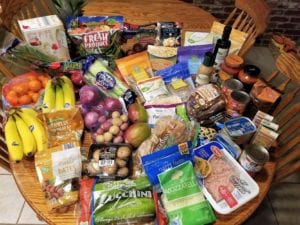
Below is a list of small changes you can implement to improve your wellness and support weight control in the new year.
The Change |
How to Implement the Change |
|
Eat for health rather than a goal weight. |
Eat natural, minimally processed food as often as possible. Weight loss will naturally follow suit. |
|
Stay hydrated so you don’t confuse hunger with thirst. |
Drink 8 cups (64 oz) of water or natural, unsweet beverages daily. You may need more with exercise. |
|
Eat 3 servings of vegetables daily. |
Enjoy sliced veggies with your favorite dip, eat salad, add vegetables to your eggs, pizza, pasta, sandwich, soup and smoothies. |
|
Eat 3 servings of fruit daily. |
Enjoy fruit salad or add fruit to whole grain pancakes, oatmeal, cereal, Greek yogurt, toast with nut/seed butter, salads and smoothies. |
|
Replace refined grains with whole grains. |
Replace white rice, bread and pasta with quinoa, brown/black rice, oats, whole grain bread, whole grain pasta, farrow, sorghum, buckwheat, millet. |
|
Keep vibrant fruit and vegetables visible. |
Stock your counter with fresh produce and shift your fridge contents so colorful produce is at eye-level. (Out of sight, out of mind.) |
|
Move 30-60 minutes daily to boost energy and mood. |
Walk, bike, run, yoga, housework, lift weights, park further from the store; every movement helps. |
|
Allow yourself to truly enjoy your favorite foods on occasion – guilt free. |
Rather than scarfing down your treat, eat slowly, taste it, savor it and truly enjoy it – you will likely find that a small portion is satisfying when you don’t feel so ‘bad’ for eating it. |
|
Cultivate your plate one meal at a time. |
Wellness is about progress, not perfection. Enjoy your nourished life. |
If you have nutrition concerns or would like personalized assistance implementing better nutrition in your life, contact me.
Useful Links
To view my services – Click Here
To learn more about me – Click Here



